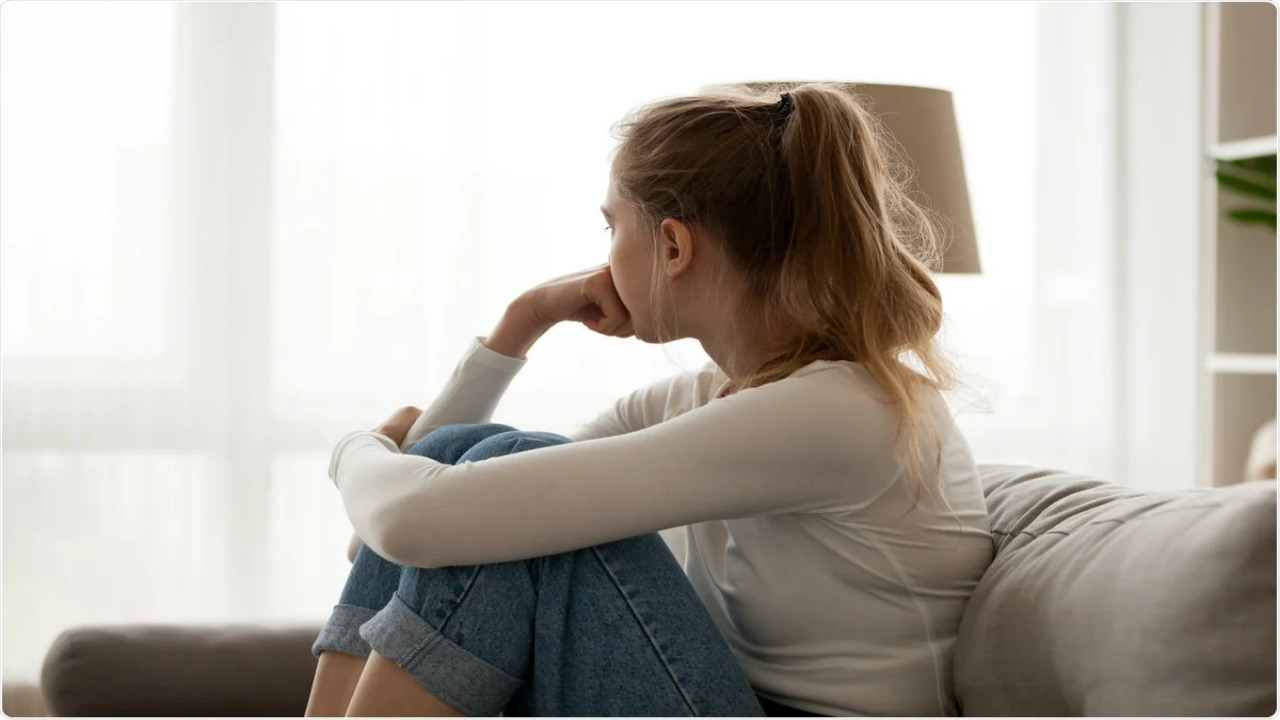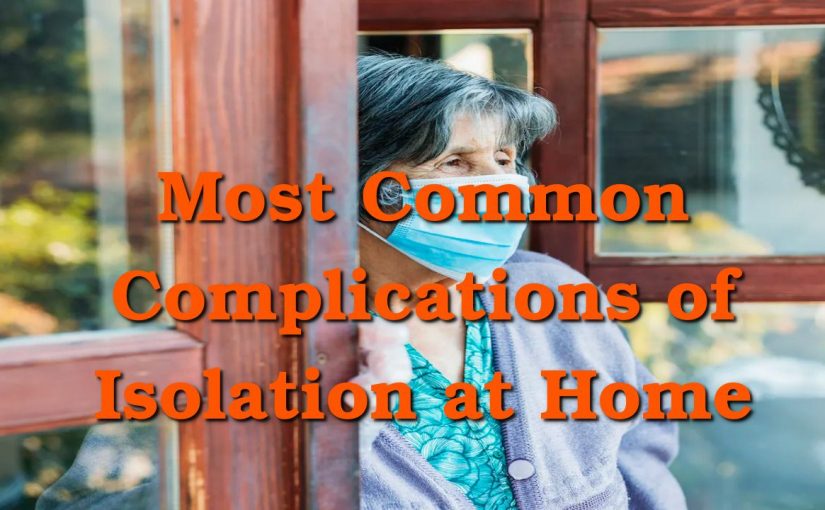Self-isolation at home is quite risky as it forces you to become lonely. You get stuck within the vicinity of only one room. You might be able to see your family members from a distance, but those friends outside your house won’t be able to see you for two to three weeks. You are lucky if you are already living on the first floor to see your friends or your family or relatives from your terrace. Feelings of social separation in older individuals are substantial public health dangers that impact many individuals in the United States and increase the risk for cognitive impairment and other serious health issues.
Health Services

Individuals can make friends, and having good interpersonal networks can assist them in living much longer existences. Healthcare organizations are a crucial but undervalued companion in trying to identify solitude and prevent loneliness-related medical problems. Almost all people aged 50 end up having some interaction with the health service. A medical appointment or a home care nursing assistant visit may be one of the few facial expression interactions for those who lack personal contact. This is a once-in-a-lifetime chance for physicians to recognize people are at risk of hopelessness or social exclusion. For such individuals, Healgen Covid-19 test kits are usually sent to the homes so that if they want to get tested at home, they can get tested and see their results within no time. Isolating then at home can have significant sorts of complications.
Mental Effects

Social isolation and solitude have been associated with a greater risk of a variety of health conditions circumstances, including hypertension, cardiovascular disease, fatness, a compromised immune system, anxiousness, depressed mood, cognitive impairment, vascular dementia, and even death. Individuals who are suddenly alone due to the death of a family member or companion, detachment from friends and relatives, superannuation, failure of movement, or transportation problems are particularly vulnerable. These kinds of individuals should list healthy habits themselves, which would improve their mental health.
Advancing Toward Other Physical Diseases

Internationally, elderly individuals use health services far more than younger individuals. The medical system is in an excellent position to build a technique for identifying isolation and loneliness in care environments; otherwise, those who are self-isolation would advance towards other chronic diseases. Medical professionals could be willing to formulate suitable public health and clinical treatment for individuals by trying to identify those at most significant risk and whether their situation is prolonged. These initiatives can be developed and applied to other high-need nations and populations. The healthcare profession’s school systems and direct care worker skills training must include social exclusion and hopelessness development and skills in their syllabus.
Healthcare of Other Family Members

One major problem many families have faced is that one of their individuals gets affected by the virus. If that household has an old-aged individual, then it becomes difficult for other members to take care of him if he was the sole earner of that family. As he could not go out to earn money, they faced difficulty.
Social loneliness and isolation are probably important risk factors influencing older individuals’ healthcare outcomes, so taking care of them is necessary.

